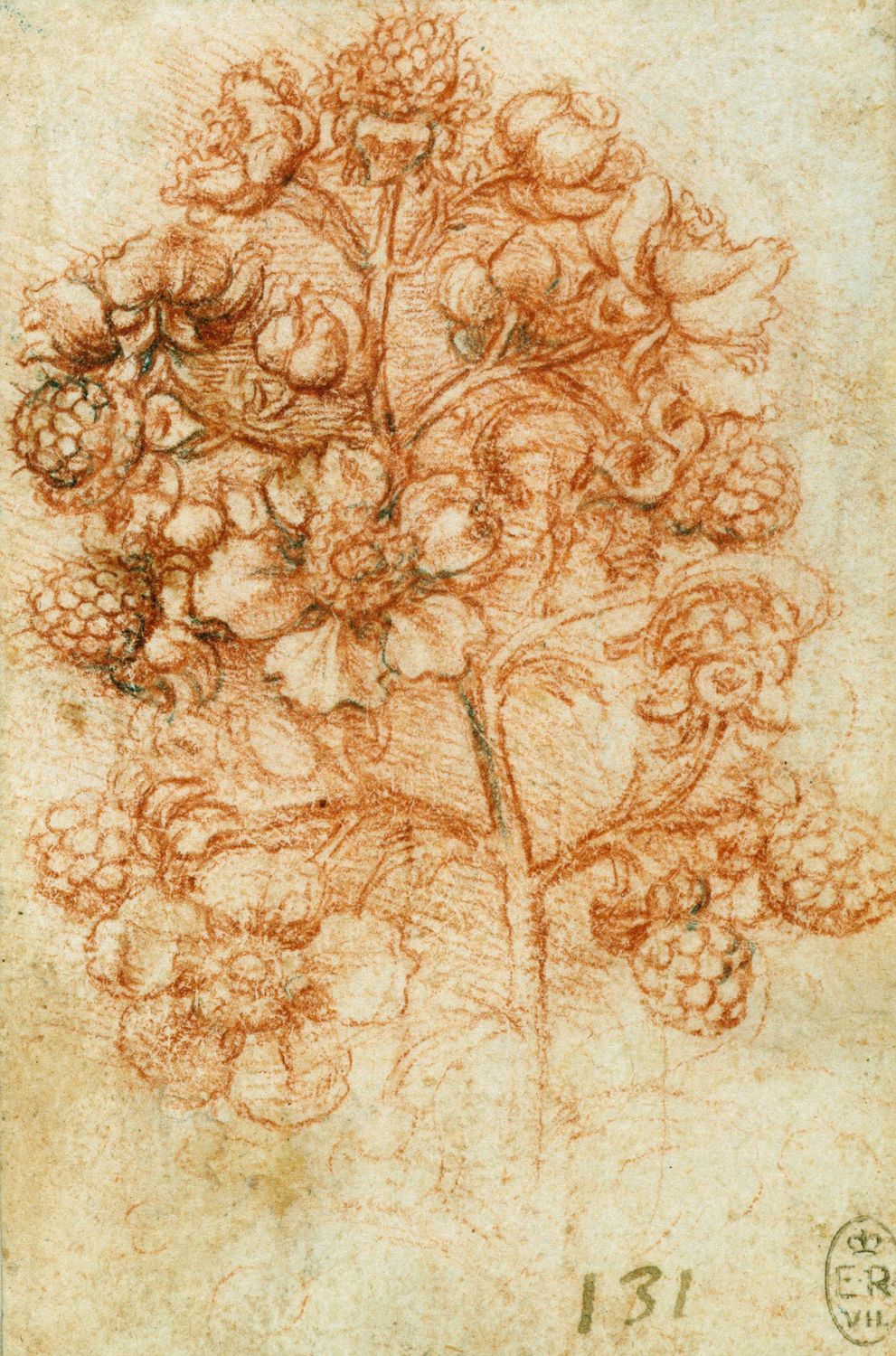We must face this reality: we tend to miss the majority of what goes around us, or even inside us, in our body perception. There are so many events occurring at once that we look past them. We are more likely to view through our phones instead of opening our eyes to the environment’s beautiful details.
I am guilty as well of missing out a ton, so that is why today's topic is dedicated to drawing and the relationship it establishes with our perceptions. To me, drawing is a form of self-expression that acts with a double purpose: connecting with myself and connecting with my surroundings, in a deeper way any other activity can. It is a way of regaining the private joy of seeing.
“Before you are able to draw, you must learn to see, and you learn to see by drawing. Drawing is the process of seeing made visible.”
As happens with language, drawing feeds the repertoire of tools with which we communicate and relate to the world. In the same way you find difficult to explain something you have no words for, it becomes extremely hard to understand and express something you have not dedicated the time to observe and detail. Drawing is too, in a sense, a language.
“It is often said that Leonardo drew so well because he knew about things; it is truer to say that he knew about things because he drew so well.”
Leonardo Da Vinci's drawings compilation: Homme de Vitruve
Plan of Imola, Italy
A big part of the process of seeing is transforming perceived information into conceptual information; our brain seeks to simplify in order to store acquired knowledge. The interesting point is, as Johann Wolfgang von Goethe wisely verbalized, we do kind of see only what we know.
To explain this with some pretty basic neuroscience I learned from Isaac Lidsky's talk:
Your visual cortex takes about 30% of your brain, and every second your eyes can send your visual cortex as many as two billion pieces of information. To satisfy this demand and create the experience of sight your brain uses a construction of your conceptual understanding of the world, including your memories, opinions and emotions. We see with our experience, and in this way, are able to comprehend what surrounds us. Both our perceived world and drawings are a hybrid of stored and received information.
On that note we can conceive a process of continuos nurturing and relation between observation, learning and our perceived environment, and drawing can be a huge catalyst for observation.
A great resource regarding this subject is Betty Edwards' book "The New Drawing on the Right Side of the Brain". Going through the exercises of the book I saw a huge progress on my drawing, and it was principally attached to a better appreciation. Drawing tends to unlock an attentiveness towards shapes, color, texture, and negative space, resulting in a richer experience of our daily life.
Martin, Agnes considered the artist's work as a path to awareness:
“The life of an artist is a very good opportunity for life. As we paint we move step by step. We realize that we are guided in our work by awareness of life. We are guided to greater expression of awareness and devotion to life.”
Not looking carefully enough can result in using generalised and unseen information that has been conceptualized and become fixed in our brains, and the awareness we can achieve through drawing not only improves our art, but can help us frame our vision of world in an open-mindedly and curious manner, as a devotion to life, as Martin states.
Once we really see the ordinary things we can realize how extraordinary they are.





